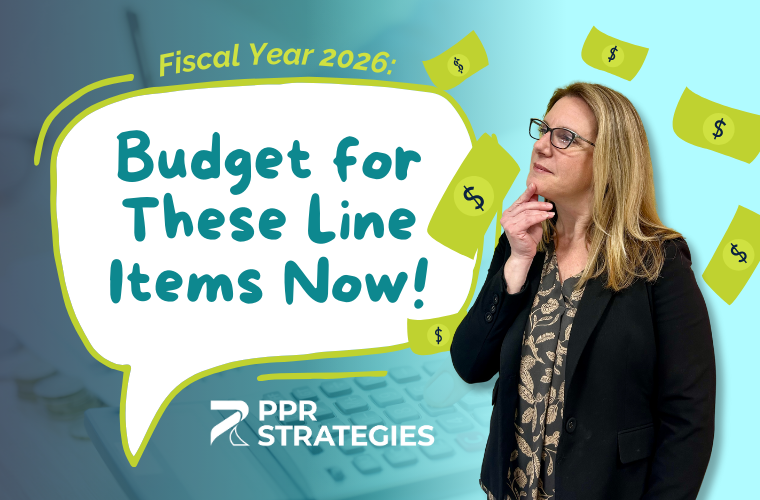Fall is a big event season for economic development organizations. From conferences to Business Appreciation Week to Economic Development Week activities, September and October are packed with online and in-person events. If your organization is hosting a fall event this year, the time to start planning is now.
When planning an event, advanced preparation is key. Here are a few guidelines of what decisions need to be made 6 months out to set your event up for success:
- Decide on the number of attendees. Planning any event depends on its size and the number of attendees. If you’re hosting a small event with 15 to 30 participants, planning your event 6 months out is a luxury, not a necessity. However, if you’re planning an event with 100 or more attendees, planning 6 months out is a necessity.
- Decide if the event is in-person, hybrid, or virtual. Next, you can decide whether your event is online, in-person, or hybrid. If your event has online elements, our Zoom Event Planning Checklist can be a huge help – you can download it for free here. If your event has in-person elements, you can move on to the next steps below!
- Clarify the purpose of the event and goals for the attendee experience. The main purpose of your event will drive all of your planning decisions, so it’s vital to clarify this early. What type of event is it? Is it a ceremony, a party, a networking event, a conference, a workshop series? Is it more celebratory in nature or educational/professional? These decisions will impact how you promote, fill the time of the event, and what you want the attendees to walk away with.
- Set your event budget. How will the event be paid for? Will there be sponsors who can offset event costs so that individual ticket prices aren’t as high? Get your event budget set so that you can stay within that as your planning process develops.
- Identify how you’ll get people to show up. Is this open to the general public? Is there a specific intended audience? Will your stakeholders be attending and inviting their friends? Once you figure out who’s invited, you can get more strategic with your event planning.
- If you’re hosting a LIVE event, research venues. When we help our clients plan events, we seek out venues that align with the location preferences and type of event. For example, if it’s a business conference with 150 people, you might find a hotel for the event. If it’s a pitch contest with 150 people, you might host that at a brewery.
- Once you’ve chosen a venue, narrow down the event date and time. Your preferred venue’s availability will dictate some of the date and time options for your event. Most of our clients tend to book events during the week rather than the weekends (rarely do we host anything on Mondays or Fridays). Once you nail down the event date and time, planning can kick into high gear.
- Start deciding on venue details. There are many options for the event experience you create, depending on the type of event and your goals for it. Once you’ve nailed down the above decisions, you can move on to decor and decide if you’re including food and beverage, music, a sit-down dinner, a photographer, videographer, etc. Each element plays a role in the experience you’re creating at your event.
Once you’ve finalized these key decisions, you can move on to creating your event theme, which we’ll talk more about in the next newsletter. And if you’d like to get some outside support & expertise to plan your event, send us a message or book your 15-minute call with Sandy here. We’d love to support you!
Reimagining Places With You,
The PPR Strategies Team








